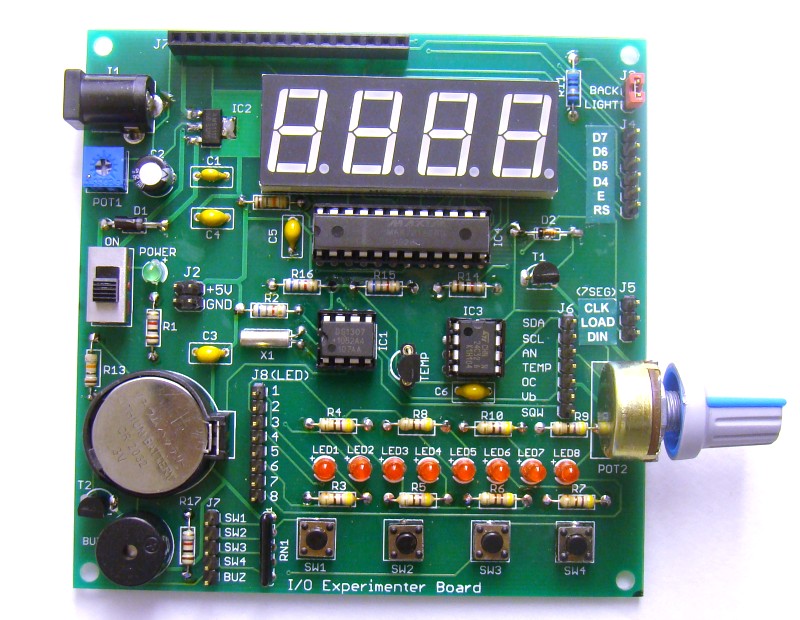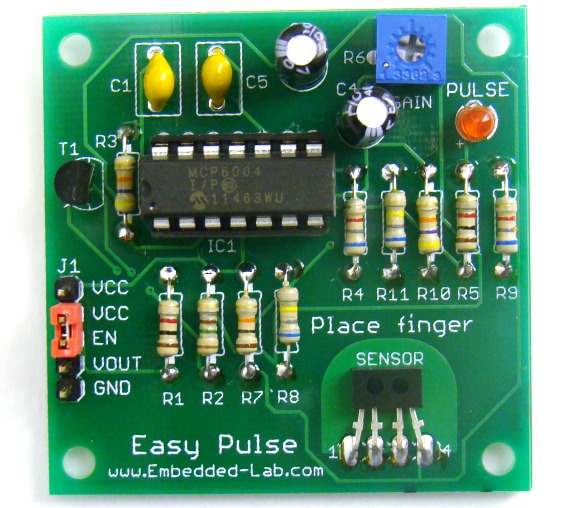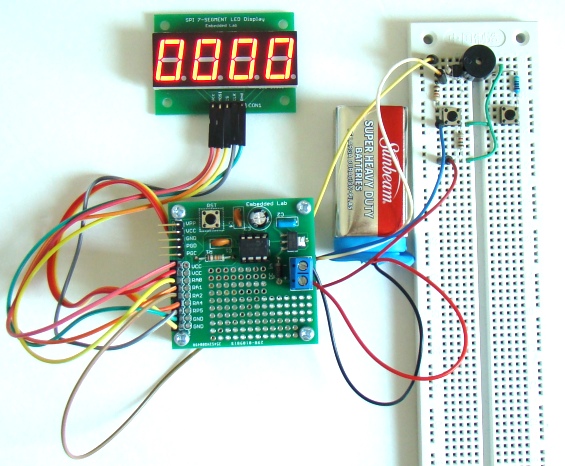I/O Experimenter Board (PCB version)

Most embedded projects require the same common stuff, basically I/O devices such as switches, LEDs, LCD display, buzzer, etc. Connecting these things on a breadboard for prototyping every new project is time consuming and boring. Recently, I have designed a general purpose I/O experimenter board that will not only reduce the prototyping time for a new project but also free up plenty of space on the breadboard.
Read more

